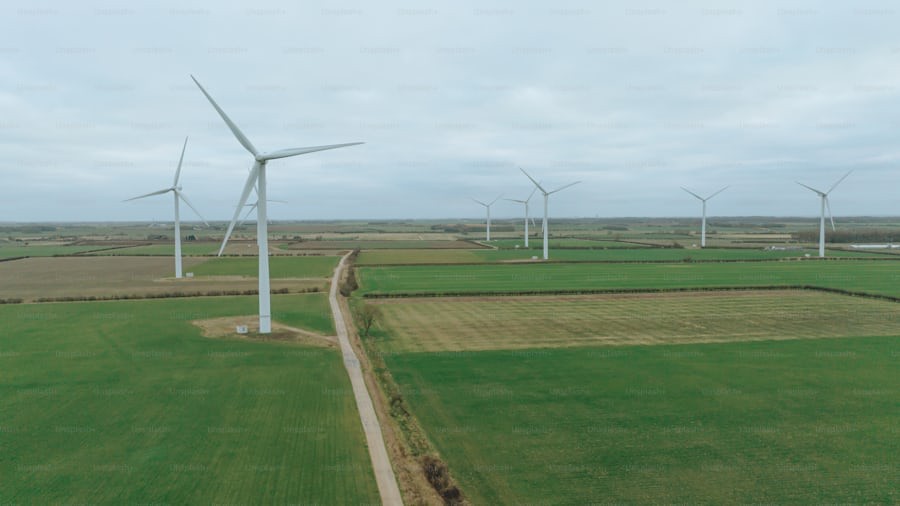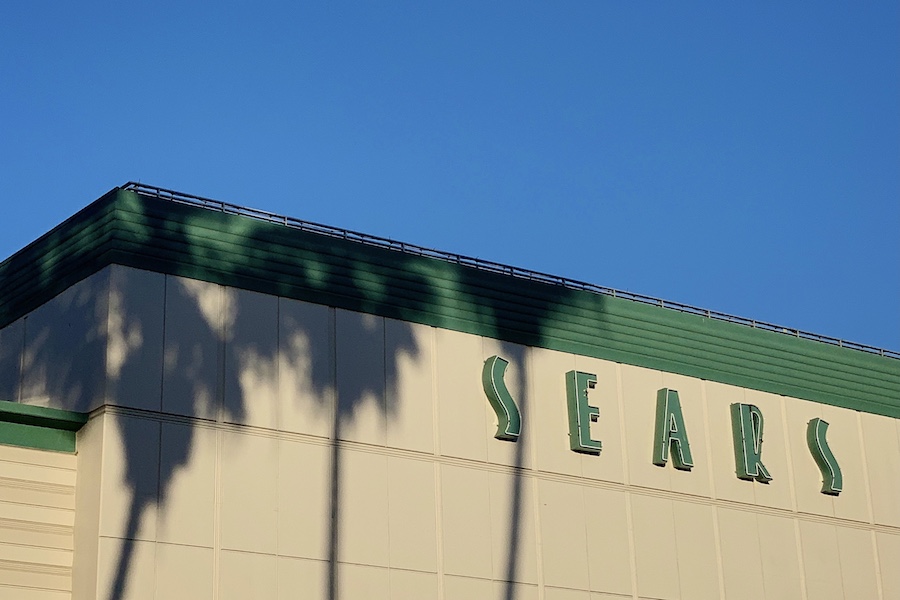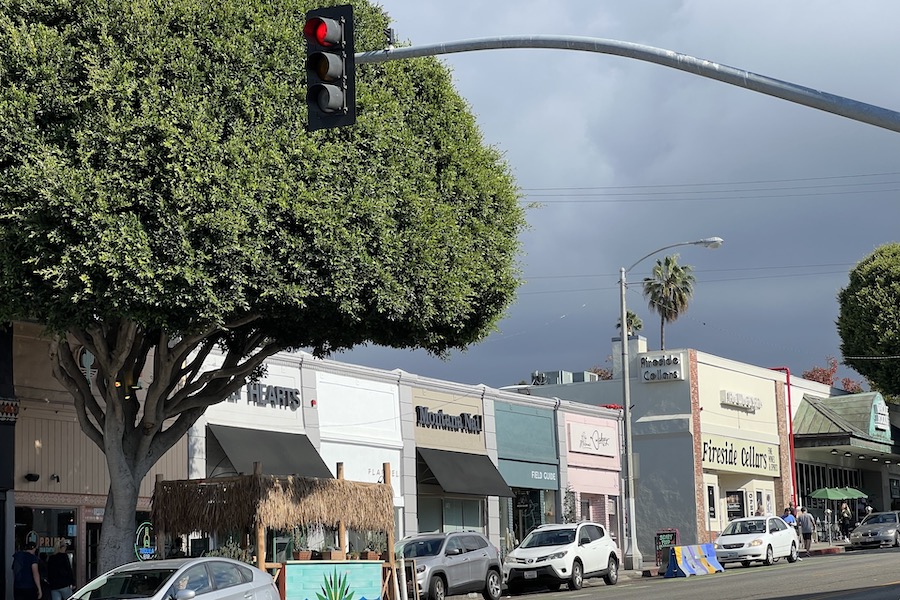
Our previous two S.M.a,r,t, articles talked about the seismic risks to the City from getting its three survival essentials: food, water, and energy shut down by the coming inevitable large earthquake. Specifically, last week (https://smmirror.com/2024/07/food-water-and-energy-part-2-of-4//), we looked at the risk to our power supply from the San Andreas Fault, which can sever the long-distance transmission lines that supply much of our external power supply. That risk is exacerbated during this time of increasing power demand as the City tries to absorb the massive rise in power demand from Sacramento’s required skyscrapers to house an unnecessary and unrealistic nominal 20% population rise.
The grim reality is that Sacramento has opened the floodgates to fill Santa Monica with skyscrapers, which developers are madly rushing in to fill in a feeding frenzy as if there was an infinite and uninterrupted supply of renters and power available. Unlike their 2-3 story cousins, these skyscrapers will become unlivable in their first of many brownouts and power interruptions. Skyscrapers are only required to provide enough power to keep the hallway/stair lights on for about 2 hours to allow for evacuation, plus a uselessly small amount of additional photovoltaic supply, which, as previously stated, may not be accessible when SCE power is cut off. Because there is no way, with current technology, to provide enough photovoltaic power on the roof of buildings taller than three floors, these skyscrapers cannot operate all their systems (lights, air-conditioning, elevators, etc.) in a power outage, thus residents will become prisoners in these dark towers. Many seniors are not able to climb more than one or two flights of stairs, and even adults with small children or big grocery loads will not be able to climb the dozens of flights of stairs in skyscrapers, not to mention the extraction problem for any injured residents.
The City tries to get ready:
The City has tried to reduce its power demand and increase its power interruption survivability by requiring all NEW single-family homes to be net zero, meaning they can generate all their annual power needs on-site, usually through rooftop photovoltaic solar collectors. This does not mean these buildings don’t draw power from the grid at night. It just means that over the course of the year they generate enough power to cover both their immediate daytime needs and to give back to the grid the same amount of power they “borrowed” from the grid at night. That nighttime power usually comes from fossil fuel but that is offset by the “clean” surplus solar power they generated during the day. Thus, these net zero buildings are not a net burden on the power load of the City nor to the pollution of the world, particularly if they can generate some additional power to recharge the increasingly common car batteries of their residents.
While this City requirement is an excellent first step, the problem is that these collectors, as previously discussed, are not required to function when SCE’s power is interrupted. That problem will be resolved in the near future with much-needed switching improvements. But the real problem is that there are very few NEW single-family homes being built in our already built out City. Conversely, we face a tsunami of skyscrapers which will become a permanent energy and pollution millstone around our neck since they will not be net zero buildings. They will increase our power burden nominally 20% in the next 8 years without doing their fair share of renewable power generation or storage.
Some skyscrapers may try to buy the approximately 10% more expensive power from the Clean Power Alliance (CPA) instead of purchasing it from SCE. That Alliance uses renewable sources (primarily windmills and solar collector farms), most of which are in distant deserts, thus subject to increased transmission losses, to causing local environmental degradation, and also to increased seismic interruption risk since those sources are east of the San Andreas Fault. The residents and businesses of future skyscrapers may benevolently chose to buy this more expensive, riskier but cleaner power from the CPA, but they are not currently required to. Every new building in Santa Monica should be required to buy or produce its own power from renewable sources. Because of these limiting technical and political realities, skyscrapers will be environmentally obsolete the moment they are permitted: they will forever symbolize the triumph of greed over sustainability.
Requiring Net Zero:
The lesson here is that the City should require as many buildings as possible to be net zero. The State of California wants us to be fossil fuel free by 2045. This essentially means, at minimum, increasing renewable energy supply and storage by 4% each and every year for the next 20 years. While this sounds like a trivial number, remember it has to include all the projected power demand increases caused by the new electric car purchases.
Currently, photovoltaic solar collectors, our cleanest local power source, are 20-25% efficient, meaning they convert about that low percentage of sunlight to power. Given typical power loads and rooftop areas, new 3-story buildings can be made net zero with existing off the shelf technology. As collector efficiencies increase, say to a not too distant 30%, and as power-generating windows and paints are invented and improved, four-story buildings could be made net zero. Alternatively, these potential new power increases should be used first to recharge the batteries of electric cars and bicycles instead of making buildings taller. There is not a clear height limit with existing technology or likely to be achieved technologies to get to net zero. But its not likely to be achieved in the next 20 years for buildings higher than 6 or 8 stories as this would require an amazing 200 to 300% improvement in photovoltaic production efficiency.
Skyscrapers that are considered, for whatever misguided reason, inevitable and that cannot be made net zero should, however, be required to contribute additional storage capacity (e.g., batteries) to dampen peak loads and to increase the grid’s shutdown survivability. This is the least we should ask if we are to suffer their already numerous devastating impacts (gridlock, shading, power grid overload, loss of views, of wind, and of trees, etc.) This added local power storage, combined with switching improvements and protective solar access codes, would help buffer the City from a grid shutdown from a large earthquake or from the increasingly frequent brownouts. Thus, skyscrapers, while unsustainably increasing our power demand, could still mitigate their harm by helping our survivability through much-needed storage capacity. However, without those solar access codes and possible battery requirements, skyscrapers mindlessly increase the power hazards to our City, becoming a clear and increasingly present danger.
How close is the present danger?
It’s very easy given our dependence on fossil fuel, for cities to enter into what amounts to a heat doom loop. As global warming produced from the greenhouse gases of fossil fuel combustion increases, more fuel needs to be burned to run the air-conditioning that makes those cities habitable. That “extra” burned fossil fuel from power plants, in turn, increases both the local temperature and the global temperatures, further increasing the need for air-conditioning. This vicious circle accelerates, particularly without nighttime cooling (think Las Vegas), until air-conditioning is running full-time day and night as the peak temperatures, which air-conditioning eventually cannot shave, start to kill the vulnerable and those that cannot afford to pay for the air-conditioning. Many cities (e.g., Bombay) and regions (e.g., the Middle East) are already near this doom loop, and ours is not free of risk. Our presence next to the thermally benign Pacific Ocean somewhat protects us, but perhaps not sufficiently for the 50-100-year life of the proposed skyscrapers. Therefore, any building, skyscraper, or otherwise that does not sustainably generate its own power drags us closer to the doom loop that the world is already experiencing. We should not go along willingly.
So here we are: in a global emergency: as global energy demand increases, burning increasingly depleted fossil fuel kill and will increasingly kill us with both pollution and global warming. The global daily death toll and suffering from pollution and global warming is already considerably higher than that of periodic quakes. But our City faces both: known increasing seismic risk and massive global warming risks. Meanwhile, our City stumbles blindly forward with skyscrapers as the only answer to housing issues (real and imagined) while will fully ignoring the equally and more critical food, water, and energy considerations.
None of this is rocket science. Your average middle schooler could write this article, as could many of our regular readers. However, now the energy environment has changed dramatically because we are starting to solve, if the City had the courage to face, the significant energy problems and opportunities of renewable energy sources such as wind and solar power and their storage challenges. Next week’s article, the last in this series will talk about those potential solutions.
By Mario Fonda-Bonardi AIA
S.M.a.r.t Santa Monica Architects for a Responsible Tomorrow
Thane Roberts, Architect, Mario Fonda-Bonardi AIA, Robert H. Taylor AIA, Architect, Dan Jansenson, Architect & Building and Fire-Life Safety Commission, Samuel Tolkin Architect & Planning Commissioner, Michael Jolly, AIR-CRE Marie Standing. Jack Hillbrand AIA
For previous articles, see www.santamonicaarch.wordpress.com/writing













